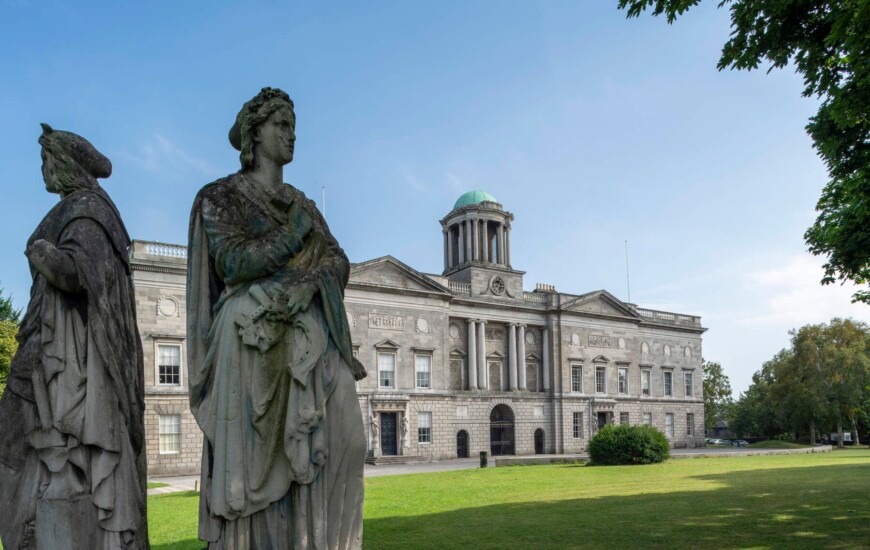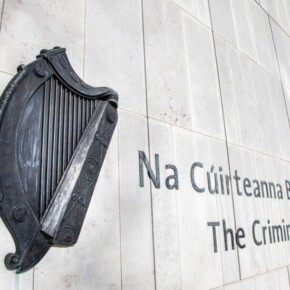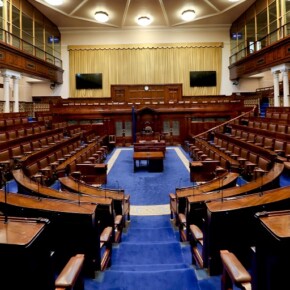“Don’t demolish our built heritage” says 92% of Dublin People
Padraig Conlon 17 Aug 2022
More than 9 in 10 Dublin people (92%) revealed that they would not want to demolish an older property of historical significance for it to be replaced with a new structure, according to new research by Ecclesiastical Insurance Ireland.
The research conducted by iReach of over 1,000 respondents, was commissioned to mark National Heritage Week and gain insight into the importance of built heritage in Ireland.
The findings also showed that nationally 73% want to protect Ireland’s built heritage for future generations, with that number being higher amongst those aged 55 and over (80%).
Built heritage is defined by the Heritage Council as historical sites, buildings, monuments, installations or remains, which are associated with architectural, cultural, social, political, economic or military history.
Instead of demolishing our built heritage, the majority of Irish people (73%) would rather protect the buildings for future generations, and 85% would prefer to renovate a heritage building rather than replace it with something new.
Of those surveyed, 65% believe the benefits of protecting the heritage sites are for educational reasons while 64% believe the main benefit is to ensure Irish people don’t forget their past.
In general, Irish citizens believe that built heritage should be protected (63%), with a third believing that current policies (e.g. planning laws and decisions) are not strong enough to protect built heritage from development.
Of those surveyed, over half believe that Ireland should make built heritage more attractive for tourists (54%), with that number increasing among Gen Zs (75%).
The Rock of Cashel (25%), Dublin Castle (20%), and the National Botanic Gardens (15%) are among the most popular tourist attractions that the respondents from Dublin would bring overseas tourists to visit.
79% of Dubliners believe that Trinity College Dublin should be given official heritage status, meaning the University would have cultural, historical or scientific value officially attached to its name.
Followed by Kylemore Abbey in Galway with 64% of the vote, and St. James’s Gate (60%) and Ha’penny Bridge (57%) in Dublin also making the list.
Nationally, over half (52%) of those who visit built heritage sites are most excited about learning the history of the site, 16% visit them for the architecture, while 15% of Irish people do so due to a sense of national pride.
When it comes to protecting our built heritage, 60% of those who took part in the research would like to see the site and its surroundings taken care of by an on-hand team. 56% would like to involve their local authorities and volunteers to look after the site and 38% would be in favour of having a warden on-site during busy periods, like the summer holidays.
Commenting on the research, David Lane Managing Director at Ecclesiastical Insurance said, “It’s great to create awareness around the importance of built heritage and its cultural impact in Ireland. As a specialist insurer in the Heritage sector, we know that Ireland has some fantastic heritage sites that add real value to Irish history and what it means to be Irish. Therefore, it is important that we continue to protect our built heritage for future generations as well as renovate for greater purpose.”
“According to our survey, 48% of those visiting heritage sites for leisure and tourism purposes do it three to four times per year, a further 40% of respondents visiting once or twice and 12% never. With National Heritage Week taking place this week, I would like to encourage the public in Dublin to get out and explore the great places Ireland has to offer to learn from our past and build a better future.”











